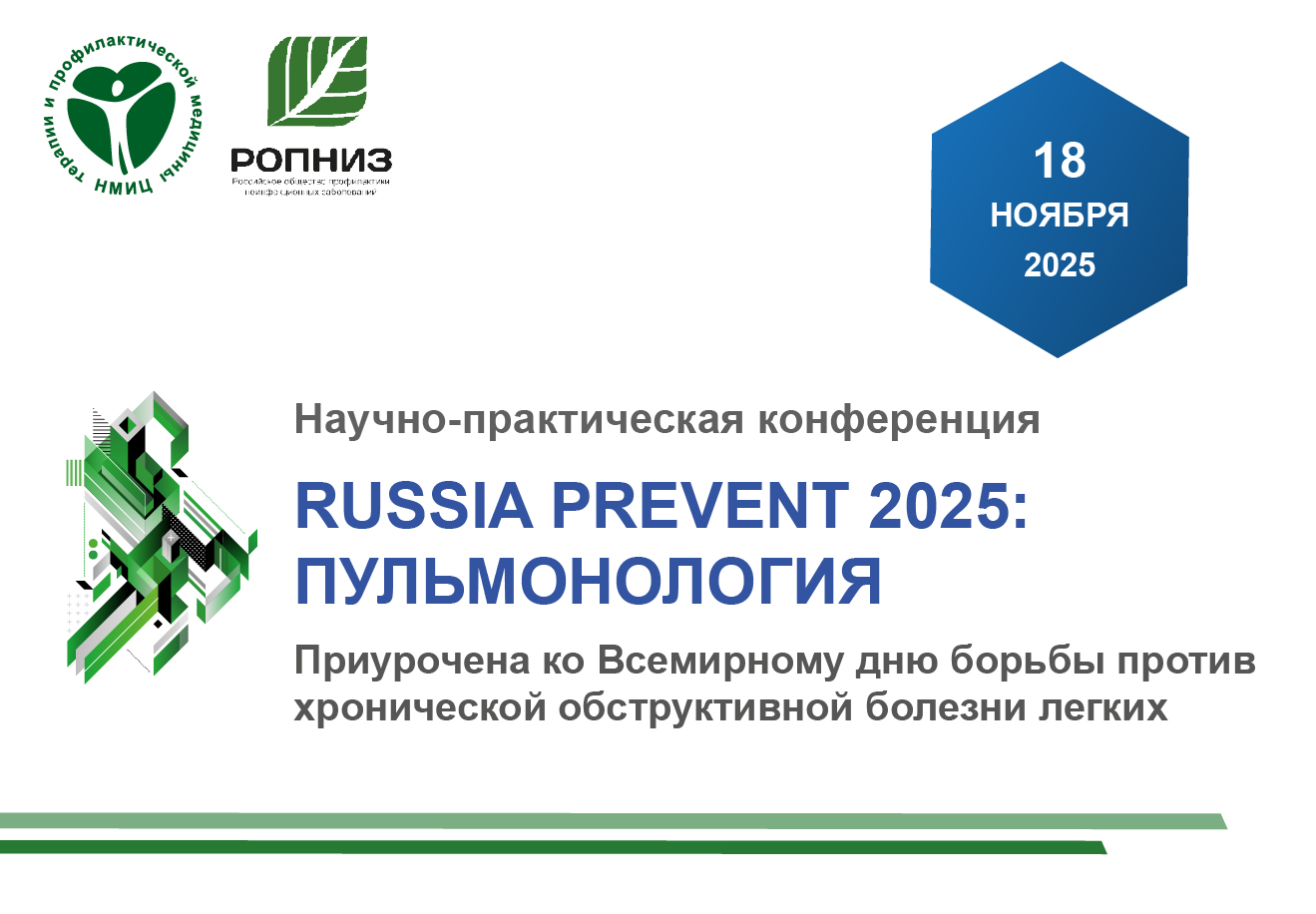Metoprolol retard effectiveness in patients with arterial hypertension and disturbed circadian blood pressure rhythm
Abstract
Aim. To study metoprolol retard antihypertensive effects and its influence on circadian blood pressure (BP) profile, according to BP circadian rhythm type. Material and methods. The study included 20 patients with Stage I-II essential arterial hypertension (EAH). At baseline and after one-month metoprolol retard therapy (100 mg/d), 24-hour BP monitoring (BPM) was performed. According to BPM results, all patients were divided into two groups: Group D («dippers»), and Group ND («non-dippers»). Both groups were comparable by mean age, EAH duration, and BP levels. Results. By the end of the study, BP normalized in 45% (n=5) of Group D participants, and in 78% (n=7) of Group ND subjects. In both groups, mean 24-hour BP, daytime and nighttime BP, BP load, and BP variability decreased. BP decrease in Group ND was significantly greater than in Group D. The difference was statistically significant for mean 24-hour BP, daytime and nighttime systolic BP. Metoprolol retard did not affect circadian index (CI) and proportion of different circadian rhythm types. Nevertheless, during the therapy, «night-peakers» (CI<0) and «over-dippers» (CI>20%) were absent, «non-dippers» were rare, and, as a result, «dippers» number increased. Metoprolol retard (100 mg/d) tolerability was satisfactory in both groups. Аdverse effects – sleepiness, headache, nose stuffiness – did not result in medication withdrawal. Conclusion. Metoprolol had especially high antihypertensive effectiveness in patients with inadequate nighttime BP decrease.
About the Authors
P. P. TikhonovRussian Federation
L. A. Sokolova
Russian Federation
References
1. 2003 European Society of Hypertension–European Society of Cardiology guidelines for the management of arterial hypertension. J Hypertens 2003; 21: 1011-53.
2. Мазур Н.А. Профилактика сердечно-сосудистых осложнений у больных артериальной гипертонией. Москва «Мед-практика-М» 2003.
3. Crawford MH. Current diagnosis and treatment in cardiology. McGraw-Hill 2003.
4. Гогин Е.Е. Гипертоническая болезнь. Москва 1997.
5. Рекомендации по лечению гипертонии ВОЗ и Международного Общества Артериальной Гипертонии. Клин фармакол тер 1999; 3: 18-22.
6. Рекомендации по профилактике, диагностике и лечению артериальной гипертензии. Артер гиперт 2001; 7(прил. 1): 1-16.
7. Кобалава Ж.Д., Котовская Ю.В. Мониторирование артериального давления: методические аспекты и клиническое значение. Москва 1999.
8. O’Brien ET, Coats A, Owens P, et al. Use and interpretation of ambulatory blood pressure monitoring: recommendations of the British Hypertension Society. BMJ 2000; 320: 1128-34.
9. Uzu T, Kimura G. Diuretics and circadian rhythm of blood pressure. J Clin Hypertens 2000; 2(4): 273-8.
10. Uzu T, Kimura G. Diuretics shift circadian rhythm of blood pressure from nondipper to dipper in essential hypertension. Circulation 1999; 100(15): 1635-8.
11. Чазова И.Е., Ратова Л.Г., Дмитриев В.В. и др. Влияние длительной терапии комбинацией лозартана и гидрохлортиазида на суточный профиль артериального давления и гипертрофию левого желудочка у больных мягкой и умеренной артериальной гипертонией. Кардиология 2003; 10: 60-4.
12. Frisina N, Pedulla M, Mento G, et al. Frequency domain of heart rate and blood pressure variability in essential hypertensive patients during sleep: differences between dippers and nondippers. Blood Press Monit 1996; 1(5): 425-31.
13. Hojo Y, Noma S, Ohki T, et al. Autonomic nervous system activity in essential hypertension: a comparison between dippers and non-dippers. J Hum Hypertens 1997; 11: 665-71.
14. Narkiewicz K, Winnicki M, Schroeder K, et al. Relationship between muscle sympathetic nerve activity and diurnal blood pressure profile. Hypertension 2002; 39(1): 168-72.
15. Тихонов П.П., Соколова Л.А. Взаимосвязь нарушения суточного ритма артериального давления и вариабельности сердечного ритма у больных артериальной гипертензией по данным бифункционального мониторирования. Проблемы укрепления здоровья и профилактики заболеваний. Материалы научно-практической конференции. Санкт-Петербург 2004; 288-9.
16. 1993 guidelines for the management of mild hypertension: memorandum from a WHO/ISH meeting. Bull World Health Organ 1993; 71(5): 503-17.
17. Mathias CJ. Role of sympathetic efferent nerves in blood pressure regulation and in hypertension. Hypertension 1991; 18: 22-30.
18. Folkow B. Autonomic nervous system in hypertension. Oxford 1994.
19. Shimada K, Kario K. Altered circadian rhythm of blood pressure and cerebrovascular damage. Blood Press Monit 1997; 2(6): 333-8.
20. Sander D, Winbeck K, Klingelhofer J, et al. Extent of cerebral white matter lesions is related to changes of circadian blood pressure rhythmicity. Arch Neurol 2000; 57(9): 1302-7.
21. Kukla C, Sander D, Schwarze J, et al. Changes of circadian blood pressure patterns are associated with the occurrence of lacunar infarction. Arch Neurol 1998; 55(5): 683-8.
22. Galindo C, Soler A, Sanchez-Amat M, et al. To be a non-dipper: a higher cardiovascular risk? AJH 2004; 17(5 Pt 2): 205A.
23. Bauduceau B, Mayaudon H, Dupuy O, et al. The impact of dipper and non-dipper characteristics in the fluctuation of arterial blood pressure. A study of a population of 484 diabetic patients. Arch Mal Coeur Vaiss 2000; 93(8): 969-73.
24. Alcantra P, Moreira C, Alcantra C, et al. Abnormal nocturnal blood pressure pattern and prevalence of stroke. AJH 2004; 17(5 Pt 2): 35A.
25. Cymerys M, Miczke A, Bryl W, et al. Circadian rhythm and variability of blood pressure and target organ damage in essential hypertension. Pol Arch Med Wewn 2002; 108(1): 625-31.
26. Meredith PA, Perloff D, Mancia G, et al. Blood pressure variability and its implications for antihypertensive therapy. Blood Press 1995; 4: 5-11.
27. Fratolla A, Parati G, Cuspidi C. Prognostic Value of 24-hour Blood Pressure Variability. J Hypertens 1993; 11: 1133-7.
Review
For citations:
Tikhonov P.P., Sokolova L.A. Metoprolol retard effectiveness in patients with arterial hypertension and disturbed circadian blood pressure rhythm. Cardiovascular Therapy and Prevention. 2006;5(4):22-27. (In Russ.)
























































